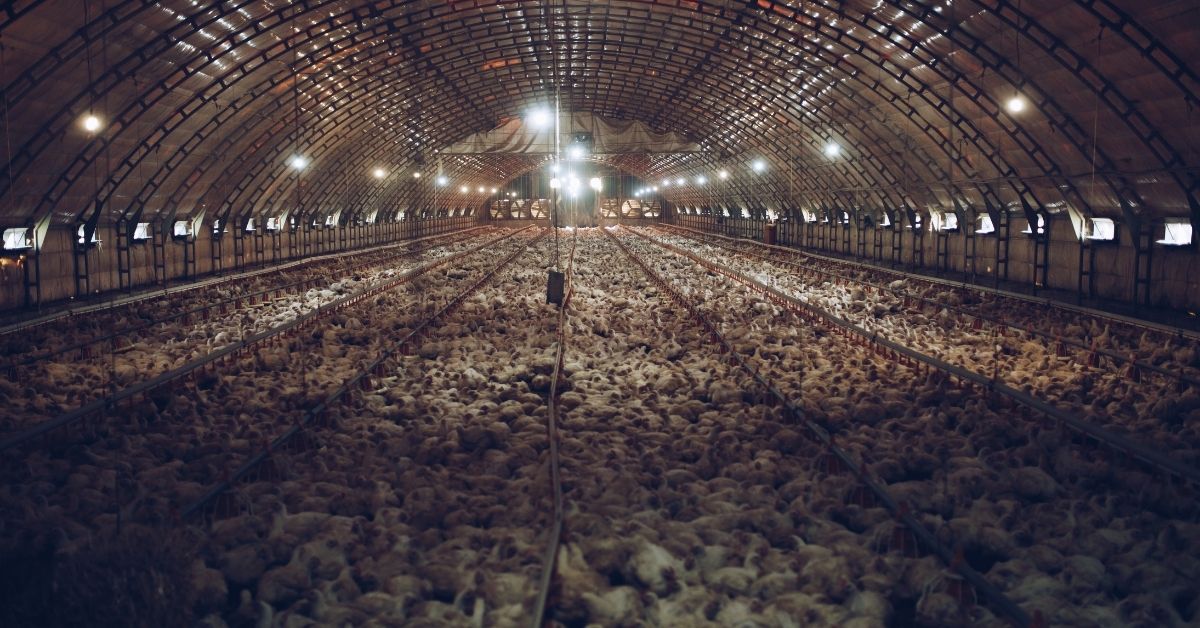

Did you know Americans make 104 million visits to the doctor every year due to poor digestion? Inflammatory bowel disorders, including ulcerative colitis and Crohn’s disease, cost $1.7 billion every year (Snyder, 2013), and doctors write millions of prescriptions to combat the related symptoms.
Even if you don’t have a serious bowel disorder, you probably experience occasional digestive discomfort like constipation, bloating, or gas. Just what is going on down there, and what can you do to stop it?
A Brief Journey Through Your Gut
When your gut isn’t working the way it should, it can be hard to ignore the turmoil! You might find yourself wondering what is happening to the food you ate and why it is causing you so many problems.
After you chew your way through a meal, the food travels down your esophagus and into your stomach where powerful hydrochloric acid does some serious digestive work before the mixture passes to the small intestine. Most of the nutrients are absorbed as your now unrecognizable meal flows past a forest of tiny projections called villi. Then it’s on through the ileocecal valve, located near your right hip, and into the cecum where the mechanics of the colon get started (Bauman, 2013).

Follow along up the ascending colon on the right, across the transverse colon underneath your ribcage and down the descending colon on the left. This leads you to the distinctive “S” shape of the sigmoid colon, a path that paves the way for waste to leave your body (Lipski, 2012). Mucus secretions lubricate the interior of the entire five-foot tube to keep everything moving. But before your meal reaches its final destination, it meets up with a diverse cast of microscopic characters.
Smooth Sailing in the Colon, Thanks to Gut Bacteria
Pits in your colon’s otherwise smooth surface absorb around 80% of fluid in waste material while helpful bacteria get busy digesting any remaining food particles.
There can be anywhere from 300 to 1000 species of microbes thriving in your colon at any given time (Gut flora, n.d.). When conditions are good, hard-working helpers like Lactobacillus, Bifidobacterium, and Saccharomyces boulardii keep pathogens at bay. These beneficial microorganisms also work to synthesize many B vitamins and vitamin K (Bauman, 2012).
Strong colon walls are maintained through the production of short-chain fatty acids (SCFAs) like butyrate, the main fuel for colon cells. When your bacteria are in balance, your gut stays healthy! It’s when things get out of whack that you begin to experience discomfort, and what you eat makes all the difference in how well your gut bacteria can do their jobs.
Beware the Signs of a Breakdown
According to the National Institute of Diabetes and Digestive and Kidney Diseases (n.d.), 60 to 70 million people in the U.S. are affected by some kind of digestive disorder. All this costs as much as $20 billion per year in “indirect” expenses, lower productivity, and missed work days.
What’s at the heart of all these distressed guts? Dysbiosis, an imbalance between “good” gut microbes and “bad guys,” such as Yersinia enterocolitica, Clostridium difficile, and Klebsiella. When these invaders are thriving, your gut suffers. Poor diet, stress, exposure to toxins and medications can all throw off the balance and allow pathogenic microbes to take over.
If you’re suffering from any of the following, there’s a chance dysbiosis is playing a role:
- Candidiasis (overgrowth of Candida yeast)
- Constipation
- Diarrhea
- Irritable Bowel Syndrome (IBS) – can manifest with one or both of the above
- Uncomfortable bloating or gas after meals
- Unexplained food allergies or intolerances
- Autoimmune diseases
So how can you give your colon the tune-up it needs? The answer lies in your diet!
Plant-Based Diets: A Recipe for Colon Health

The bacteria and other microorganisms hanging out in your large intestine eat what you eat. Or, more accurately, they eat what you don’t absorb. Diets high in animal products deprive gut microbes of the fiber they like to feed on, leaving them with no choice but to eat the mucus lining that’s meant to protect the interior of the colon.
Whole plant foods, on the other hand, are packed with fiber, and it doesn’t get digested in the stomach or small intestine. Instead, it passes on to the colon, and your gut bacteria have a banquet. The tough materials your body can’t break down are turned into all the byproducts your gut needs to be healthy.
What are some of the best foods to keep your colonic residents happy?
- Non-allergenic proteins, such as beans and legumes, help prevent dysbiosis and constipation.
- Avoiding known and potential allergens is critical for preventing further disruption in an already irritated gut environment.
- Flax seeds provide fiber and help lubricate the intestine (Lipski, 2012)
- Cultured foods, including miso and sauerkraut, support and replenish intestinal flora, keeping your colon environment balanced.
- Starchy foods like Jerusalem artichokes provide prebiotic fiber, which feeds good bacteria and prevents the overgrowth of pathogens.
- If you can’t find Jerusalem artichokes, you can get plenty of prebiotics from other foods like onions, garlic, dandelion greens, and sweet potatoes
Round out your gut health diet with a variety of fresh vegetables, both raw and cooked, to get all the essential nutrients your body needs. Add whole grains to increase fiber and magnesium intake for optimal waste transit and elimination. Stay hydrated with water to keep things moving smoothly.
Taking a healthier approach to your diet can clear up the problems in your colon causing you distress every day. Whole plant foods deliver high amounts of fiber and anti-inflammatory phytonutrients to create a better environment for your health-promoting gut bacteria, and those bacteria are more than happy to return the favor.
References
- Snyder, K. (2013, June 8). What is the (shocking) cost of poor digestion to our society? [Blog post]. Retrieved from http://kimberlysnyder.com/blog/2013/06/08/how-much-does-poor-digestion-cost-our-society/
- Lipski, E. (2012). A voyage through the digestive system. Digestive Wellness (4th ed.). McGraw-Hill
- Gut flora. (n.d.). Retrieved July 6, 2017 from Wikipedia: https://en.wikipedia.org/wiki/Gut_flora
- Digestive disease statistics. (n.d.). In National Institute of Diabetes and Digestive and Kidney Diseases. Retrieved from https://www.niddk.nih.gov/health-information/health-statistics/digestive-diseases
- Bauman, E. (2012). NC102.2 Small intestine & large intestine [PowerPoint slides]. Retrieved from Bauman College: http://dashboard.baumancollege.org/pluginfile.php/2909/mod_resource/content/5/FON_Materials/102/Lecture/unzip102.2/index.html
- Lipski, E. (2012). The Colon or Large Intestine. Digestive Wellness (4th ed.). McGraw-Hill
Copyright 2025 Center for Nutrition Studies. All rights reserved.
Deepen Your Knowledge With Our
Plant-Based Nutrition
Certificate
Plant-Based Nutrition Certificate
- 23,000+ students
- 100% online, learn at your own pace
- No prerequisites
- Continuing education credits











